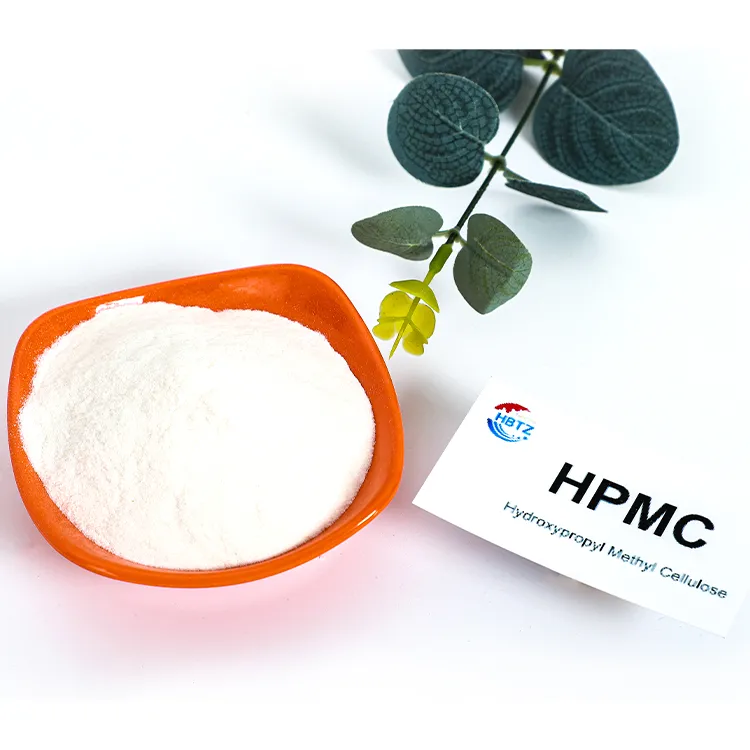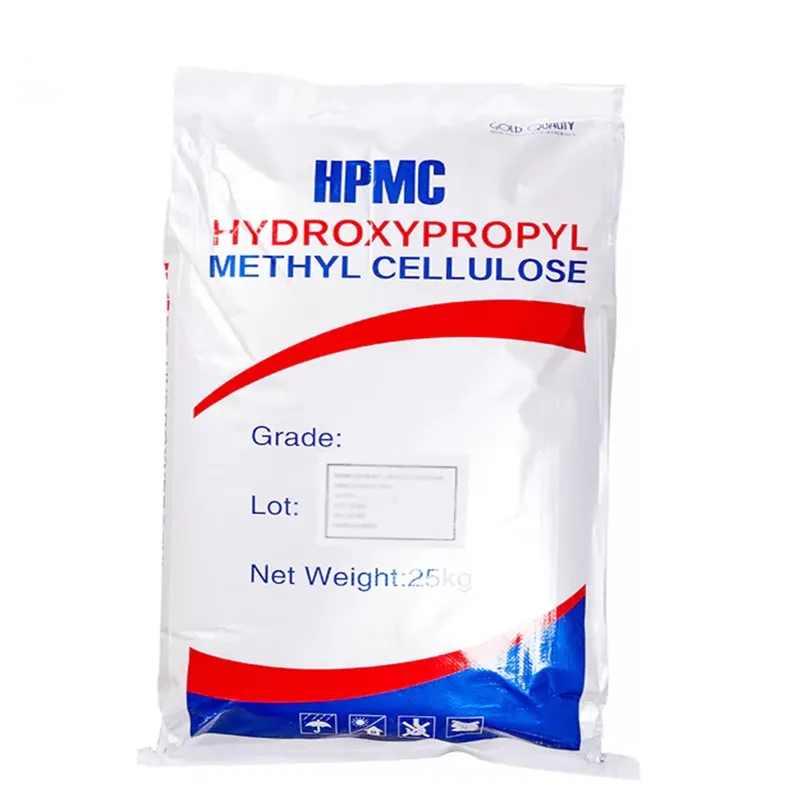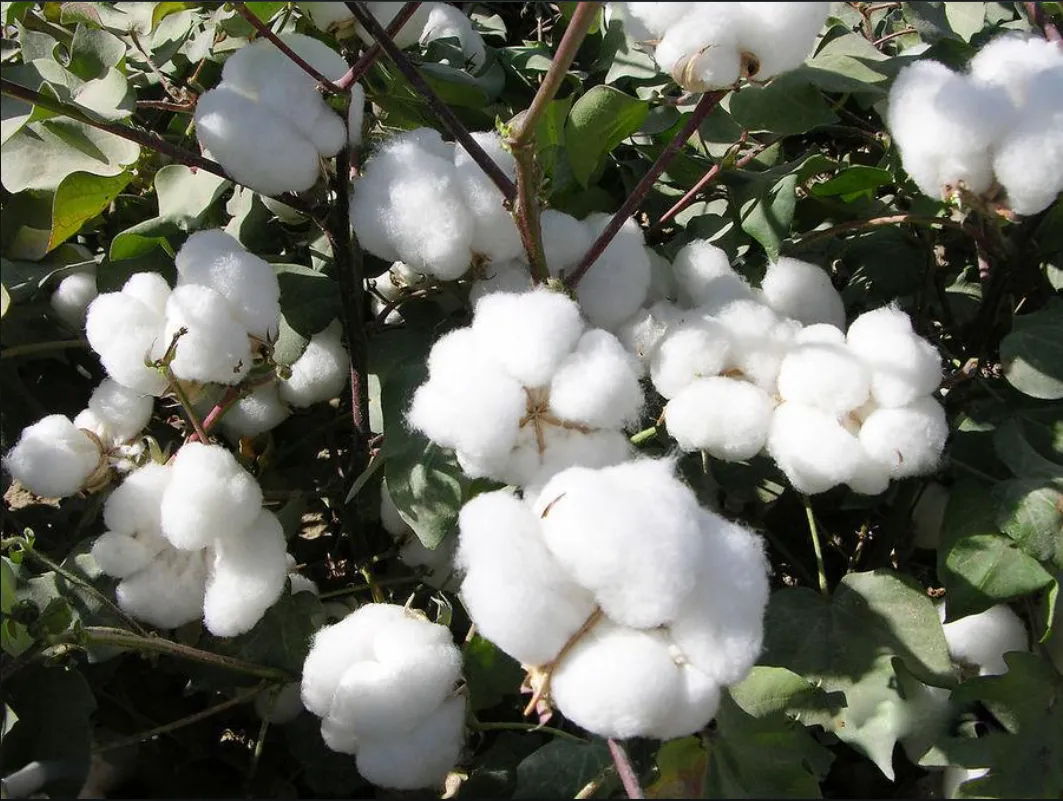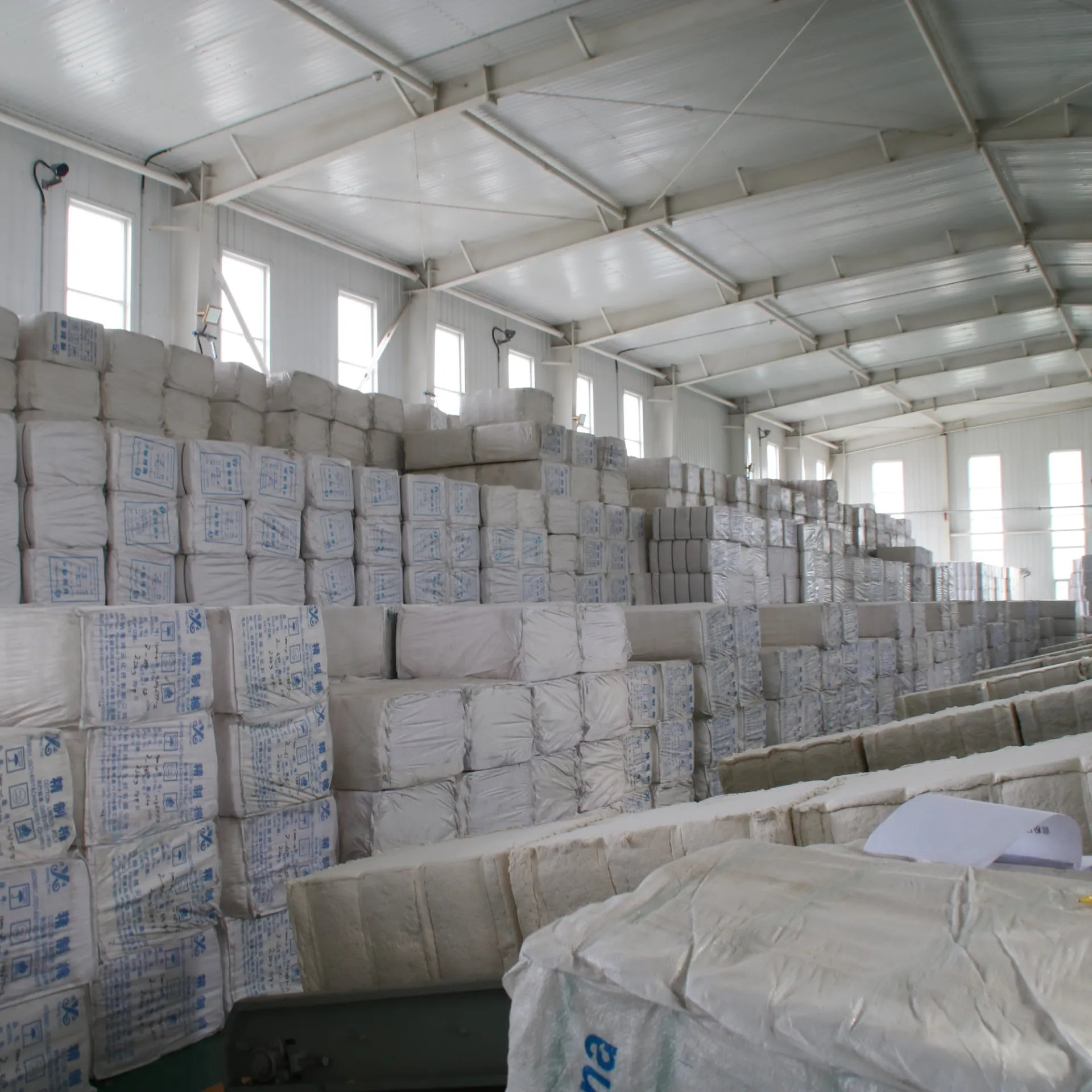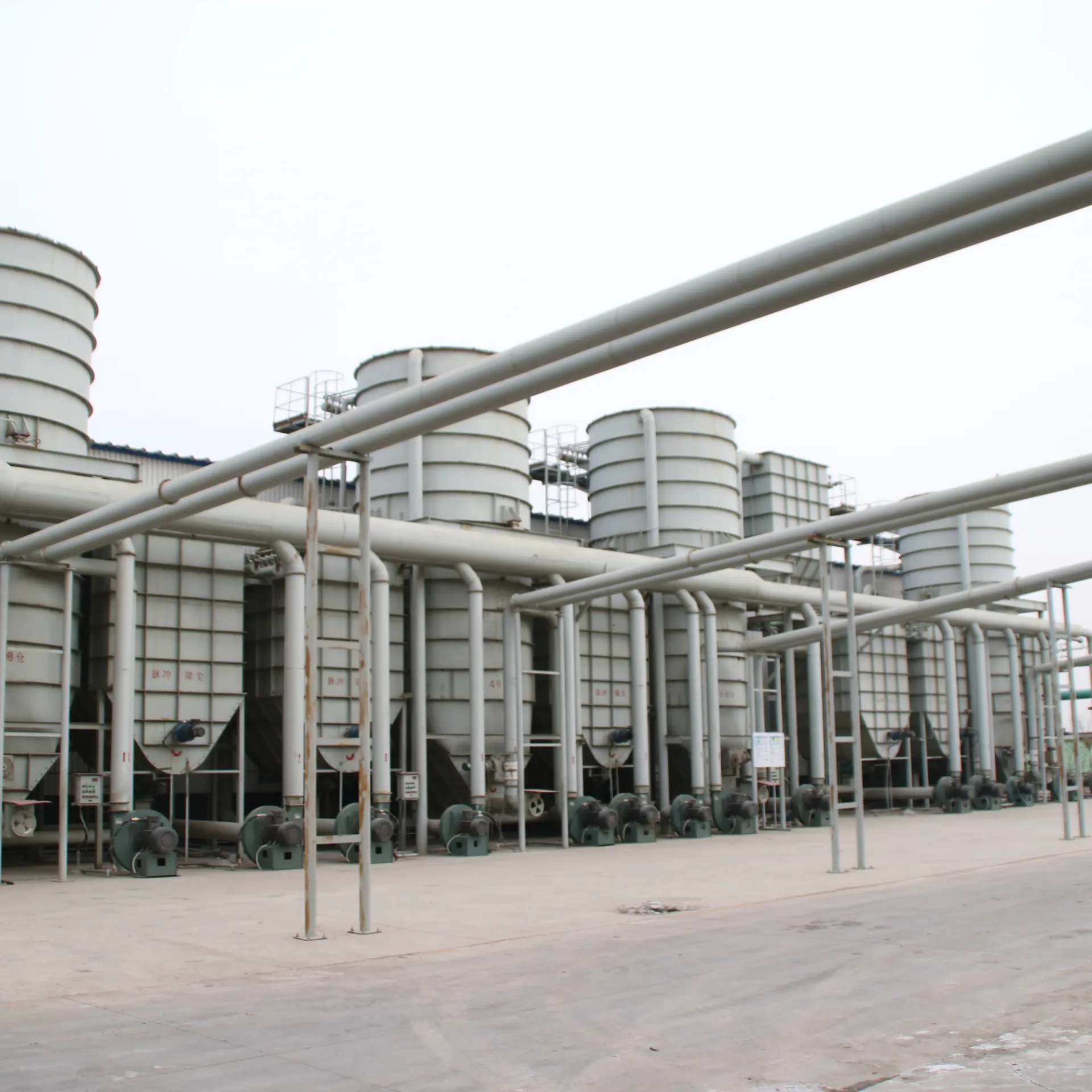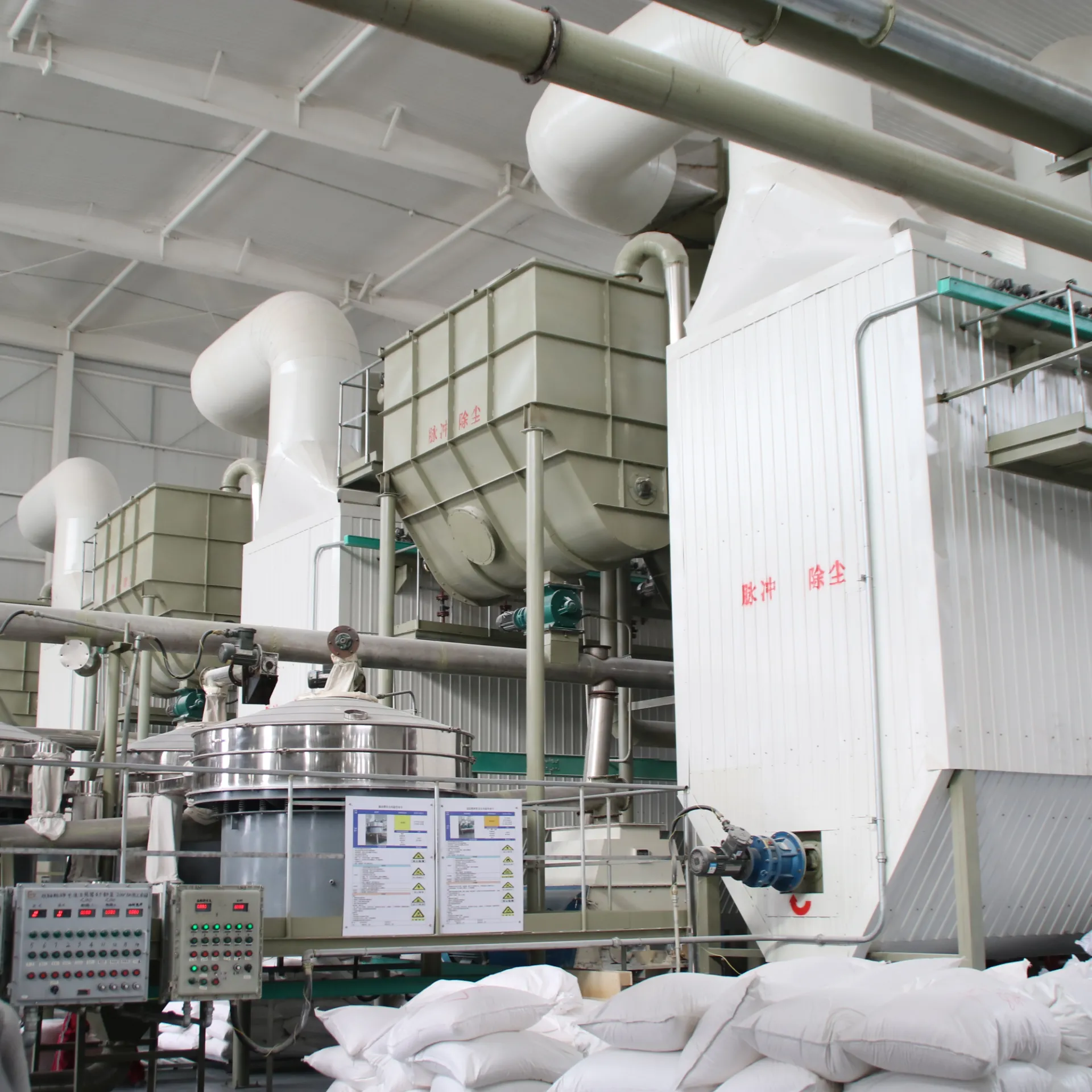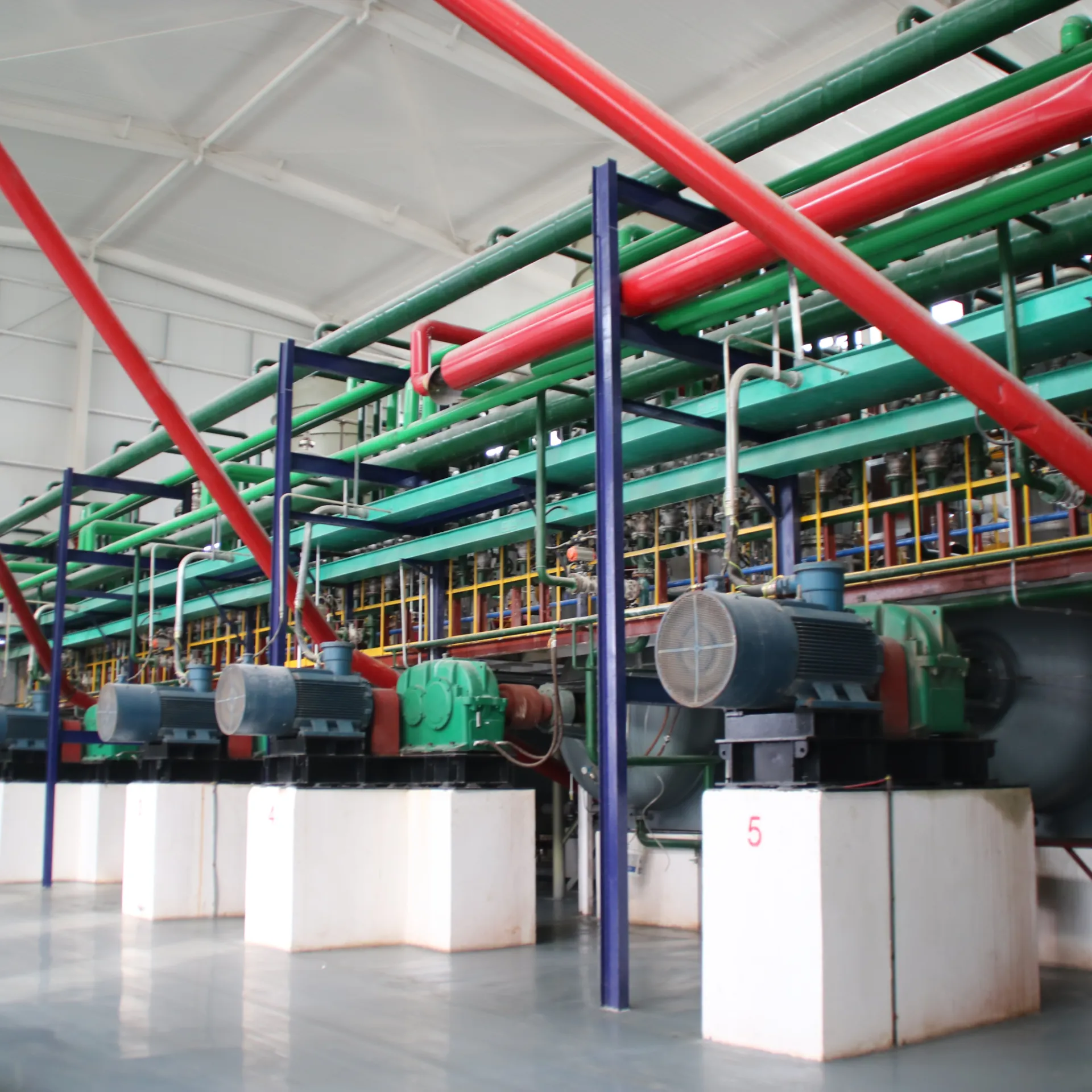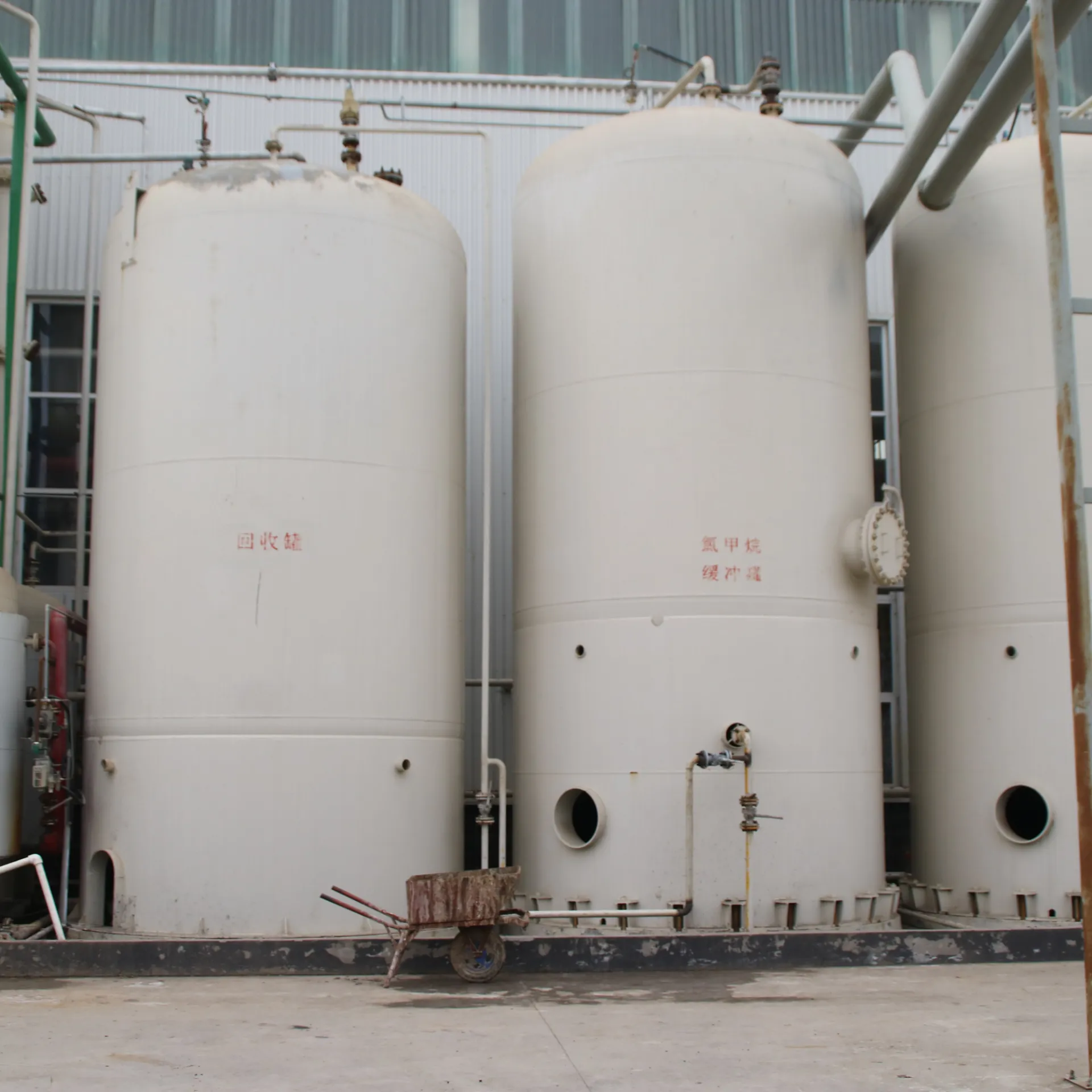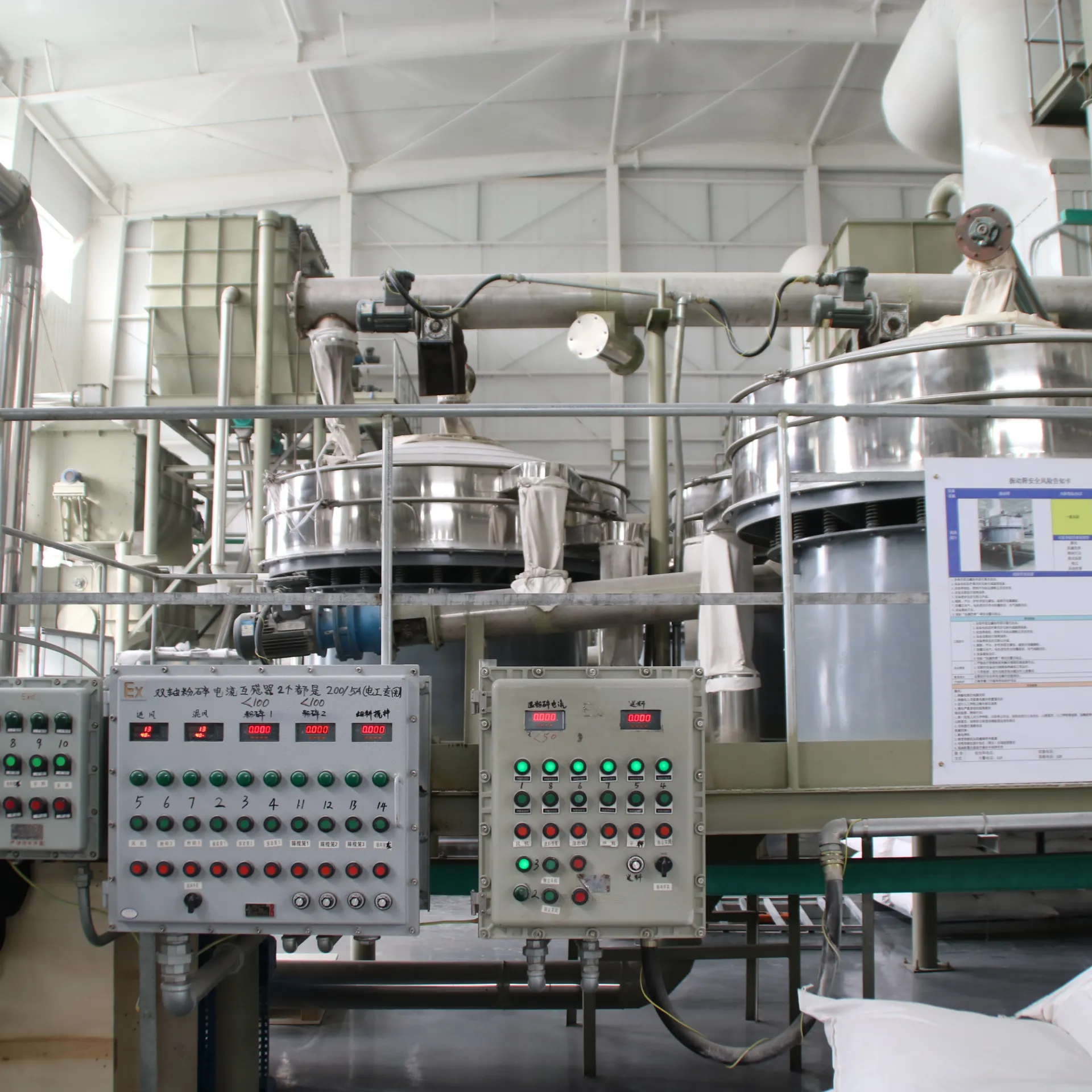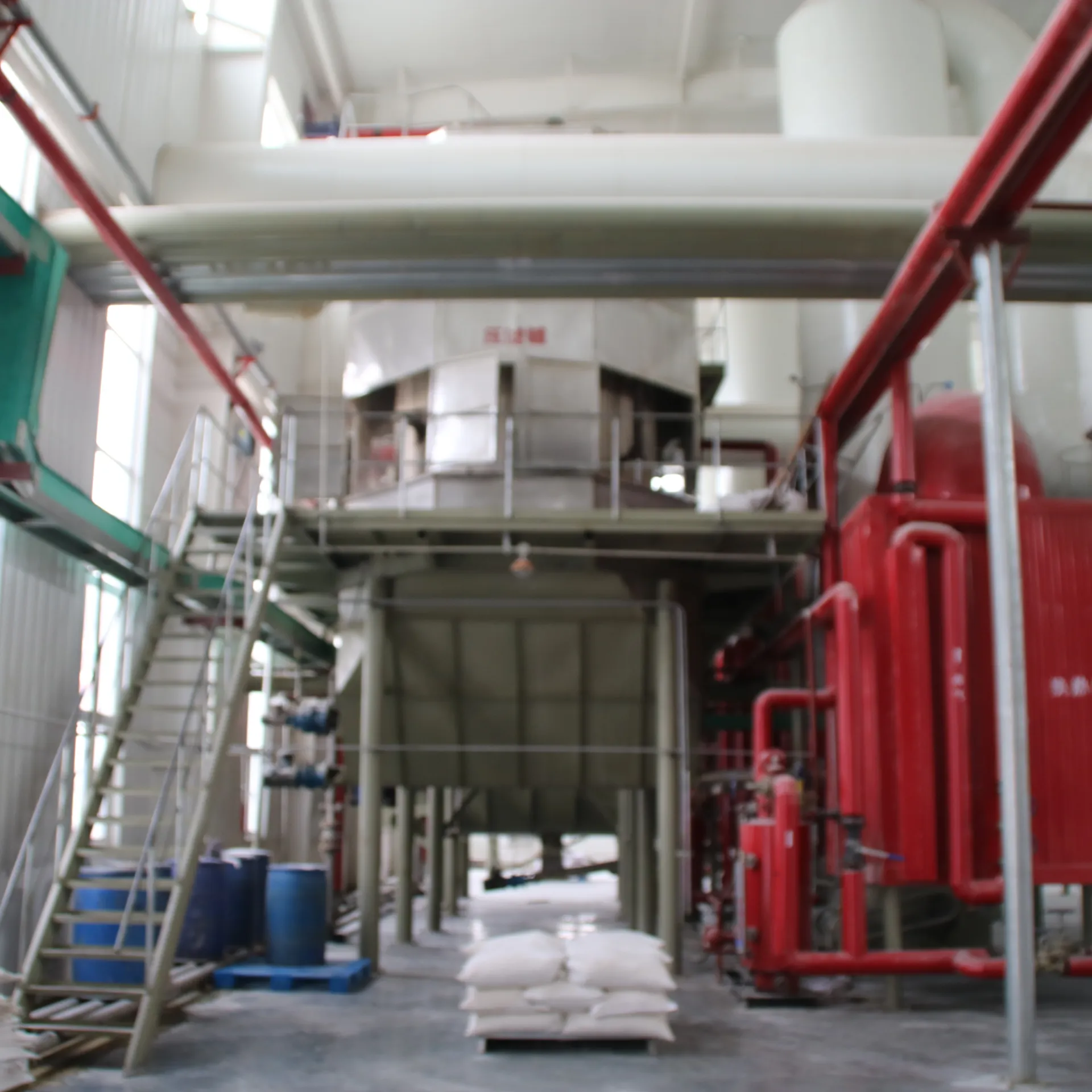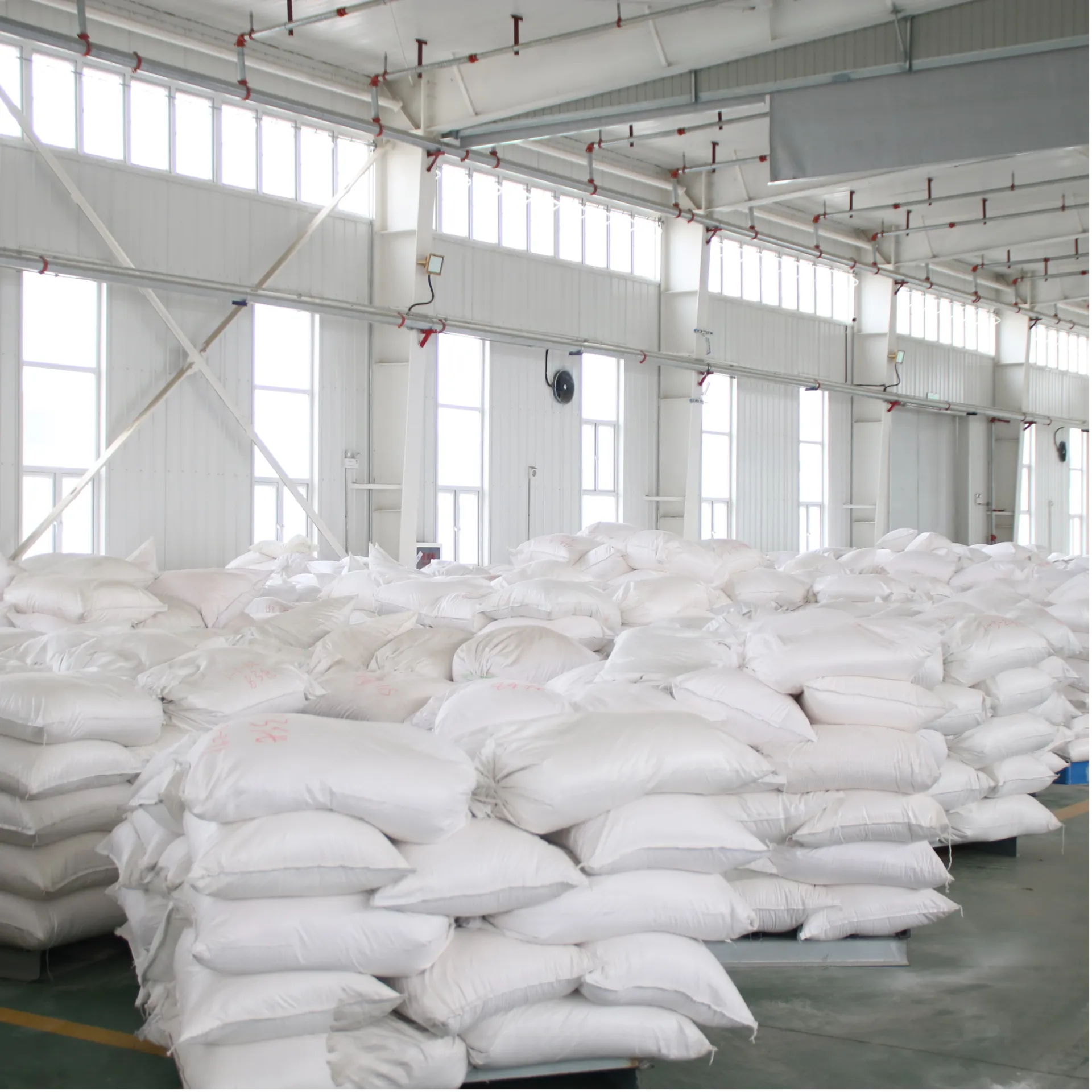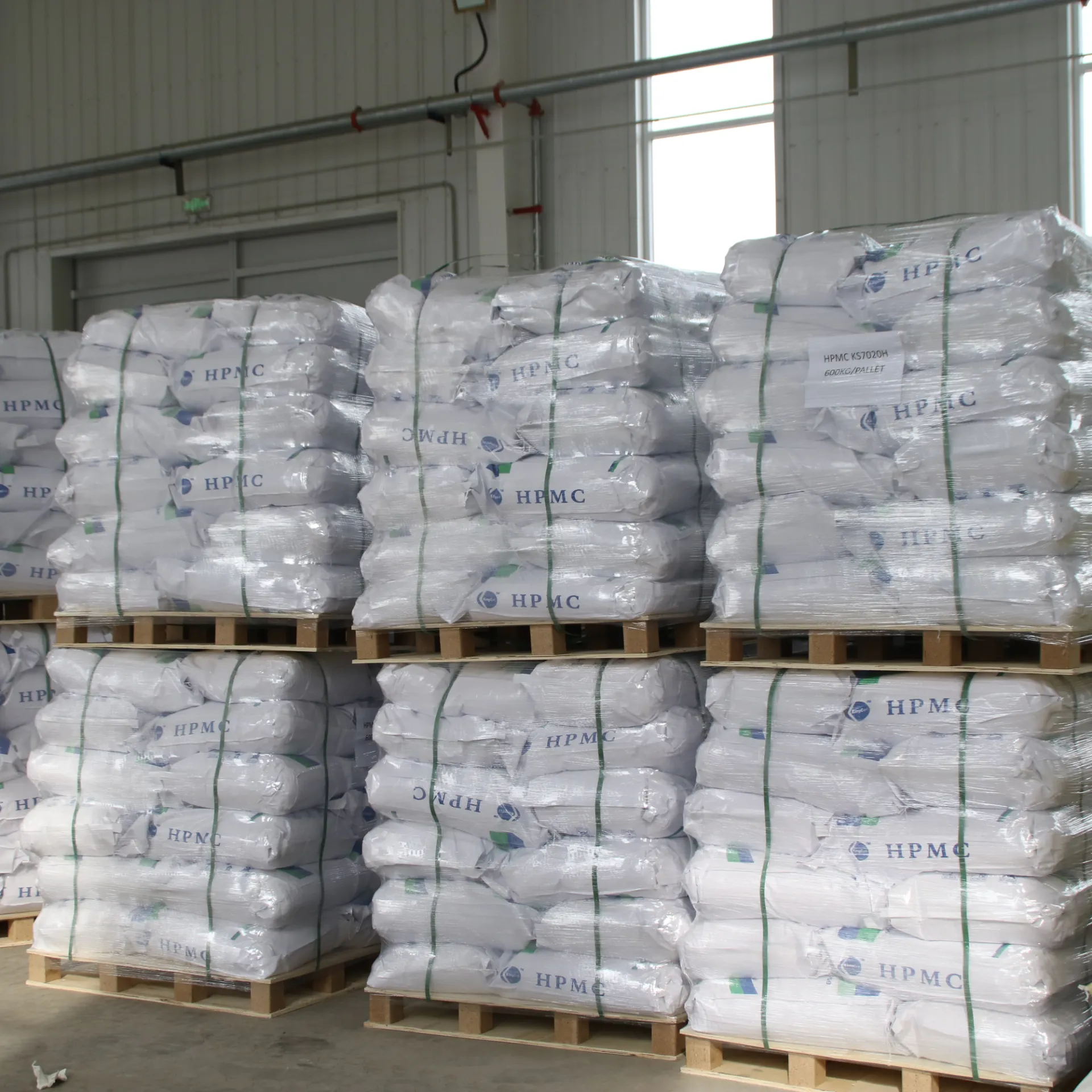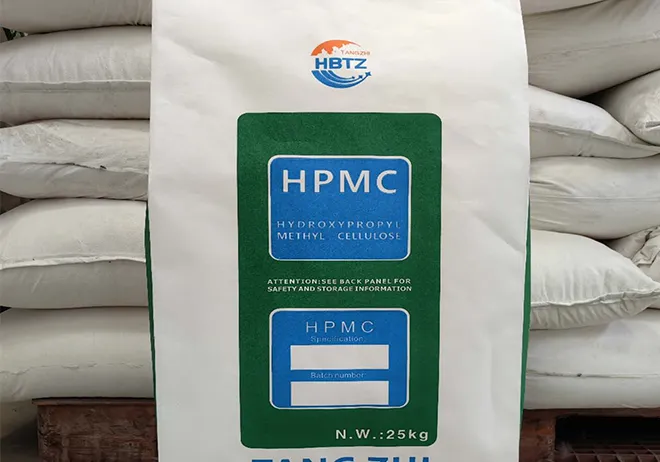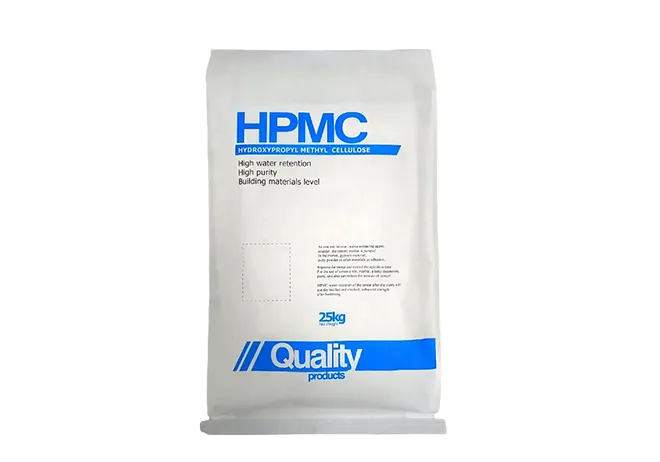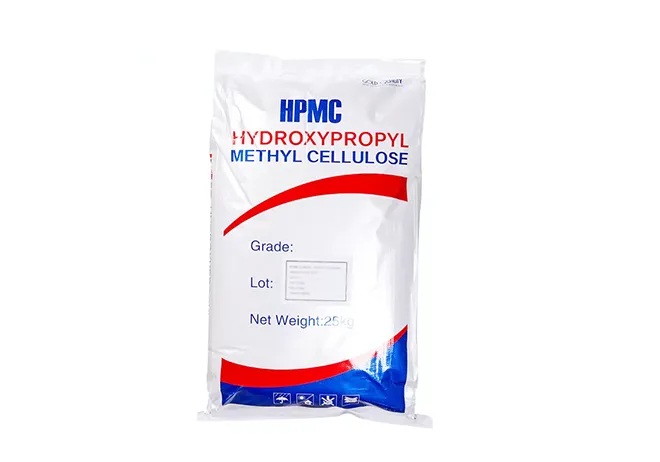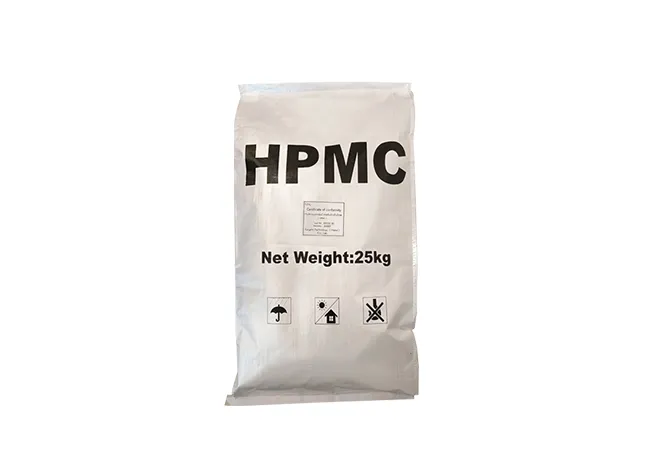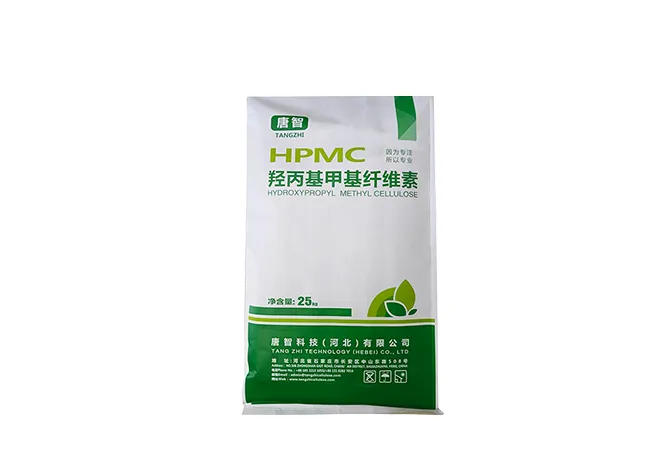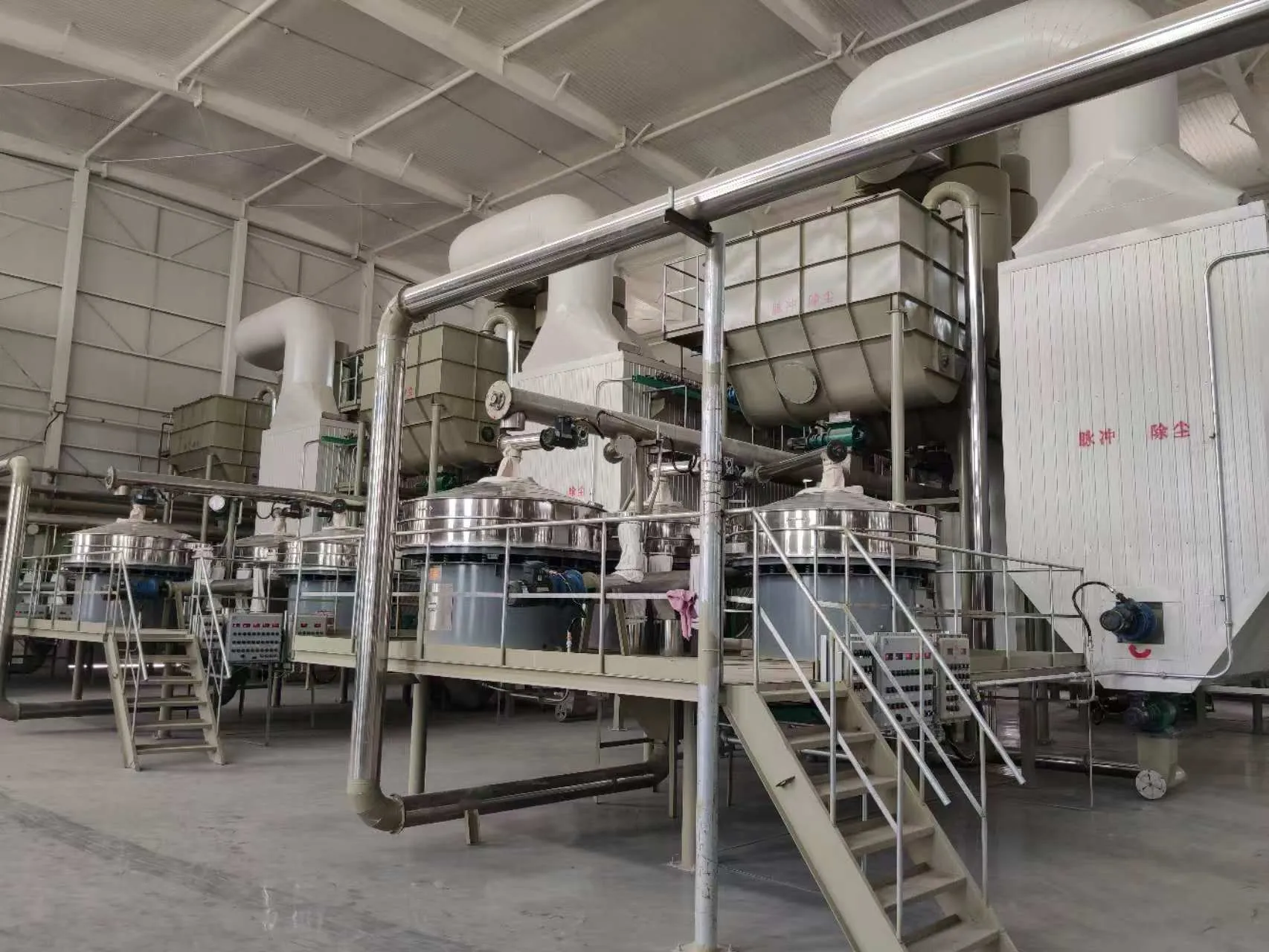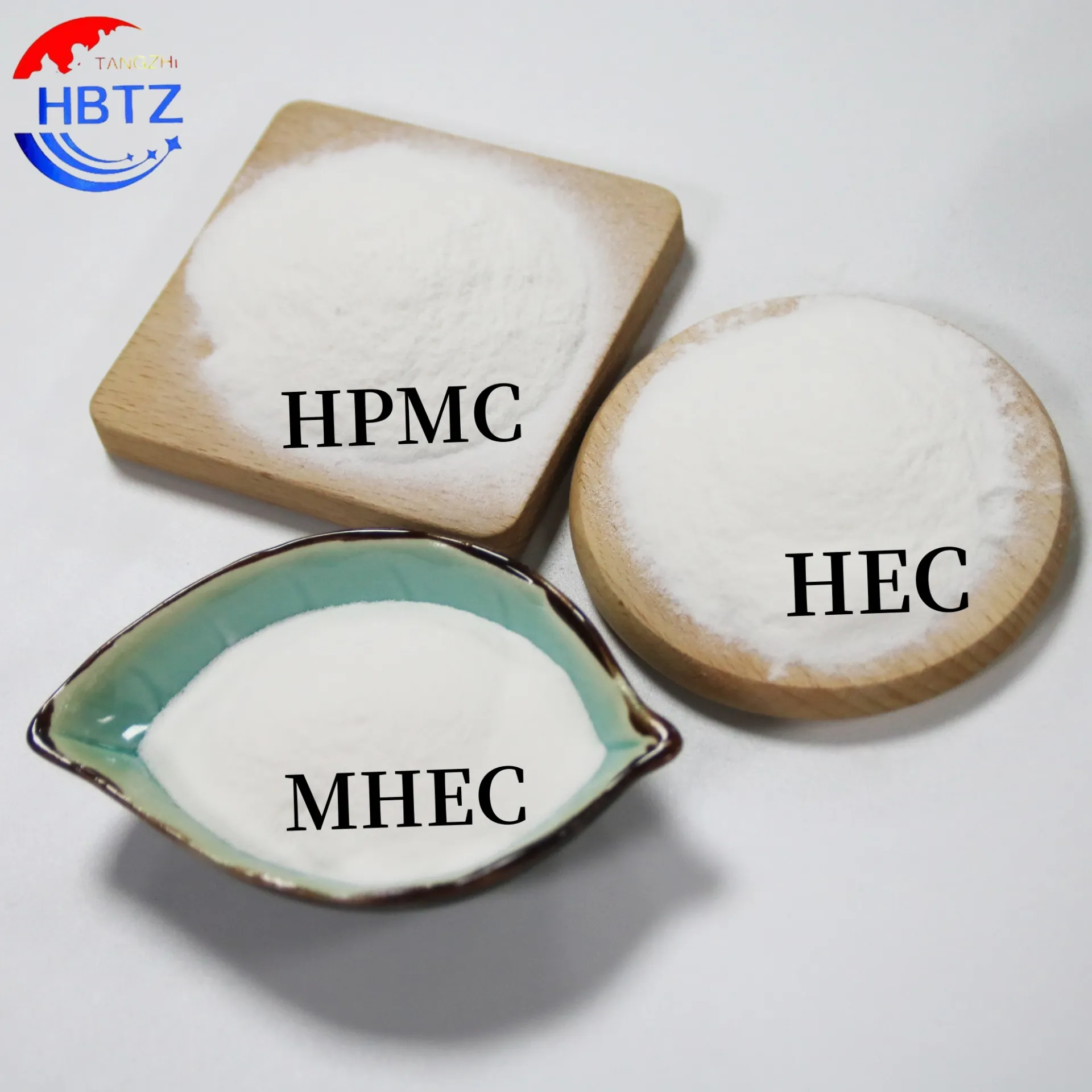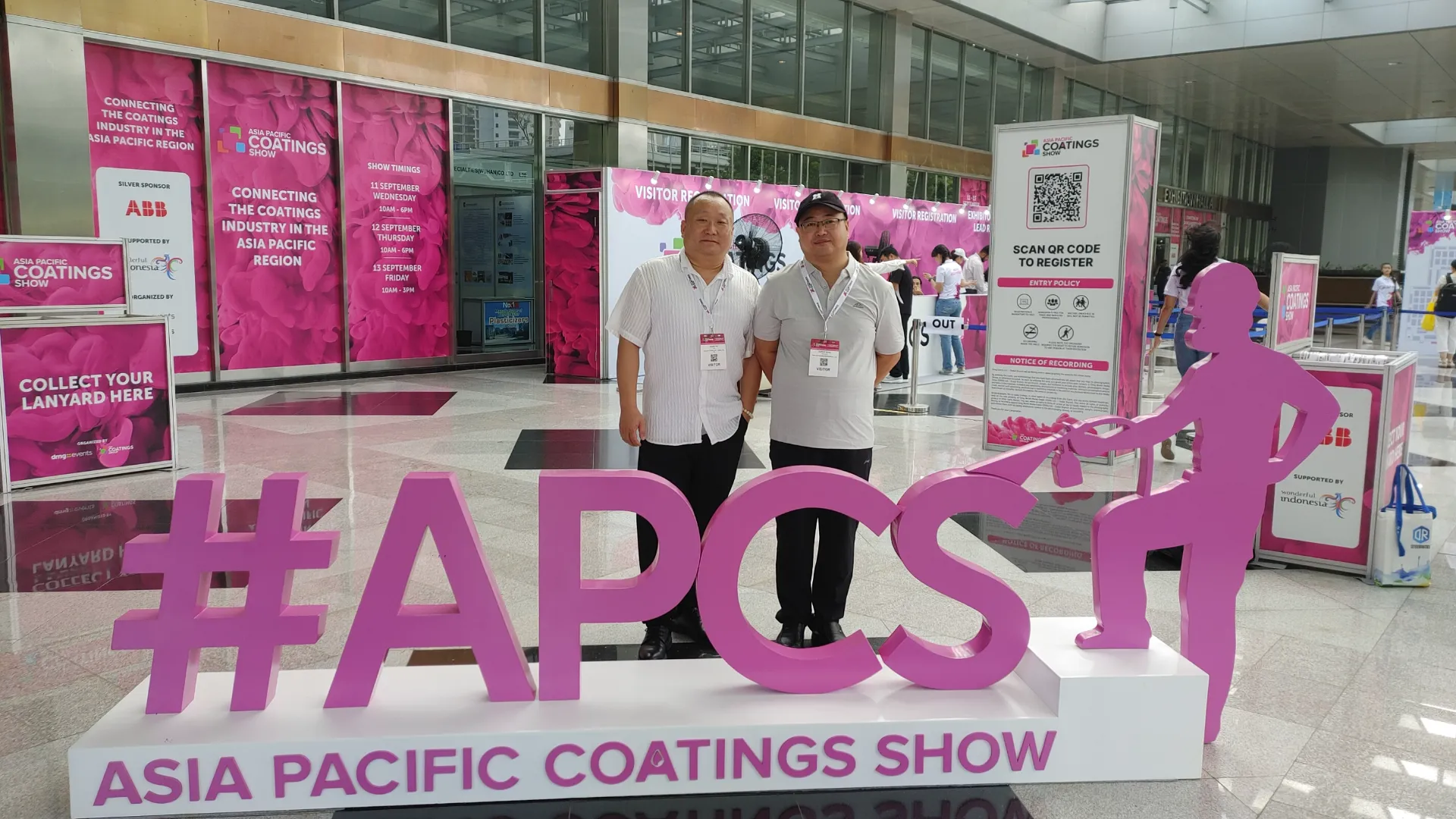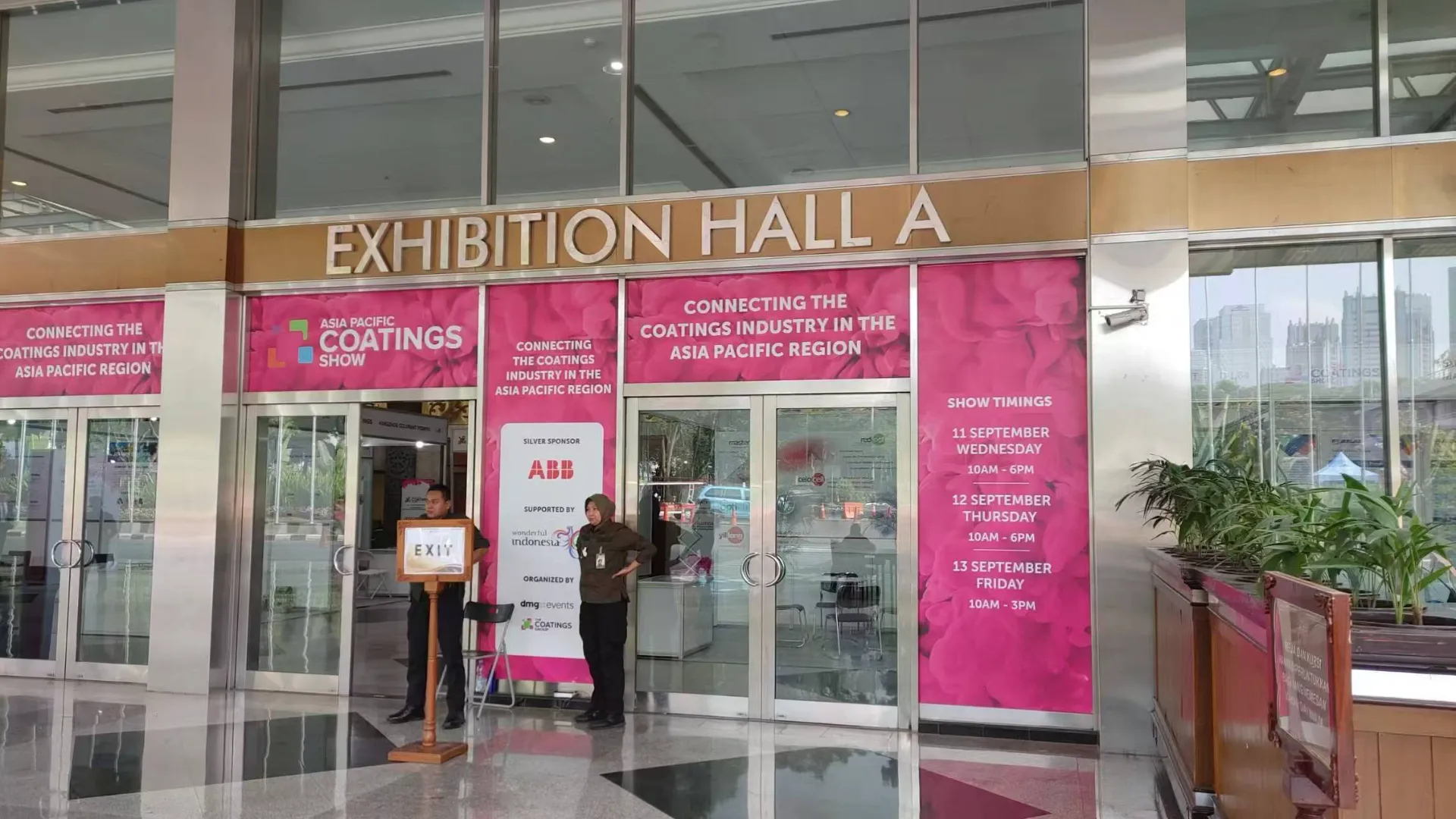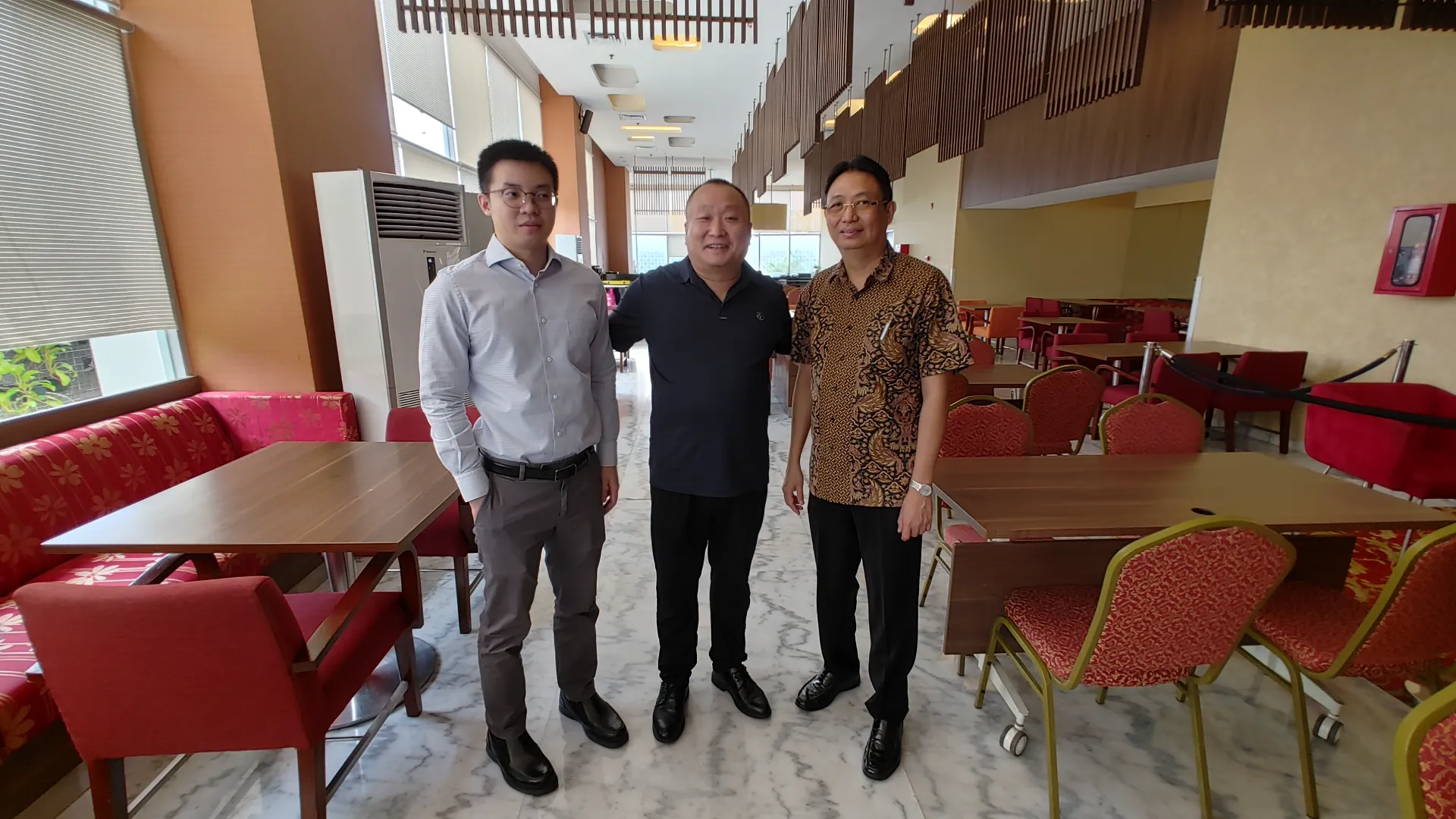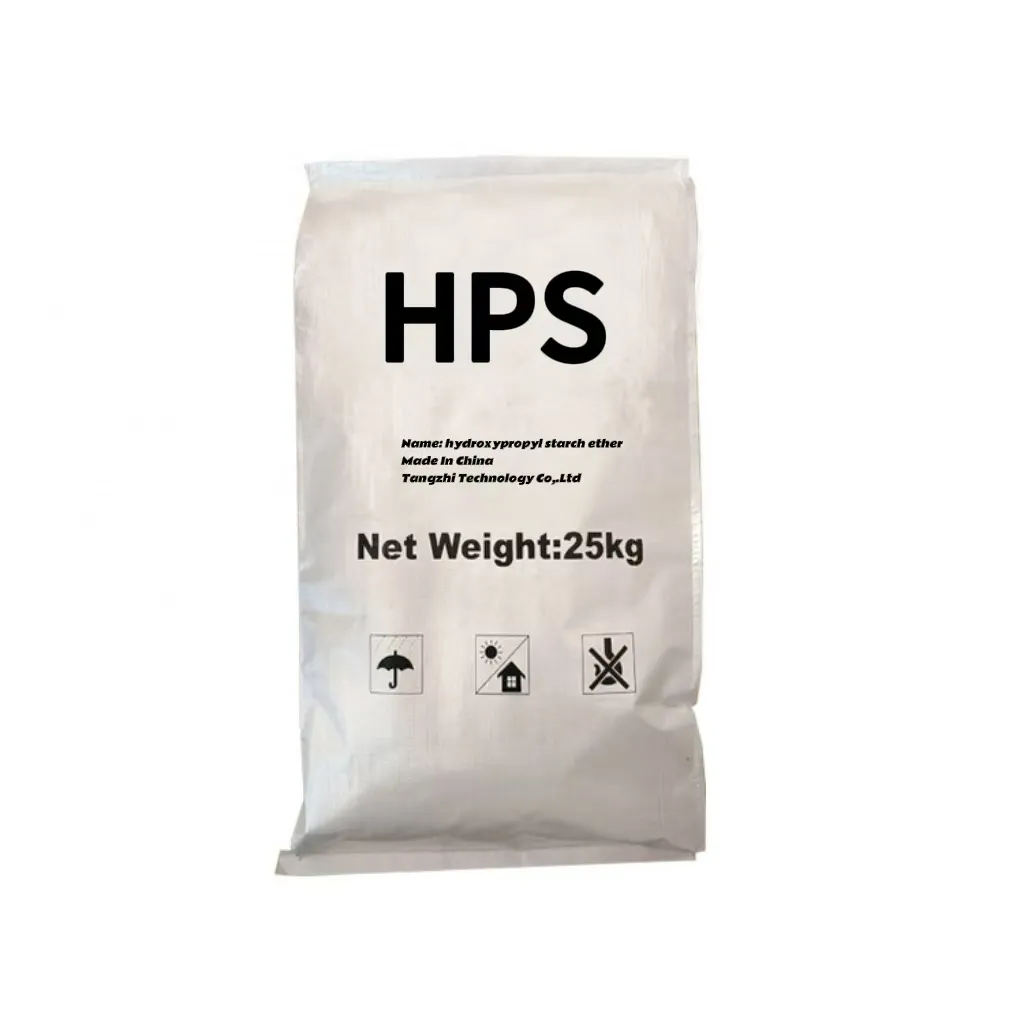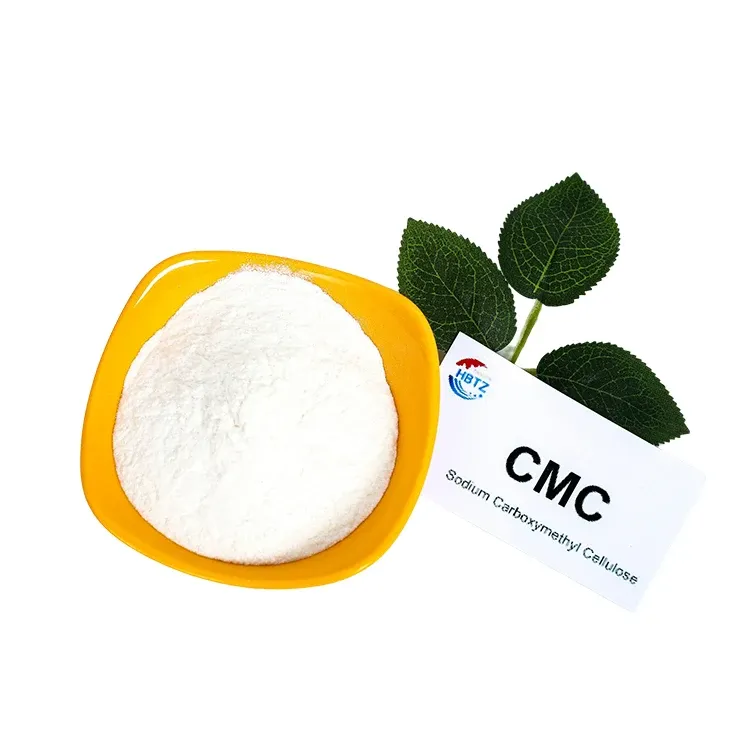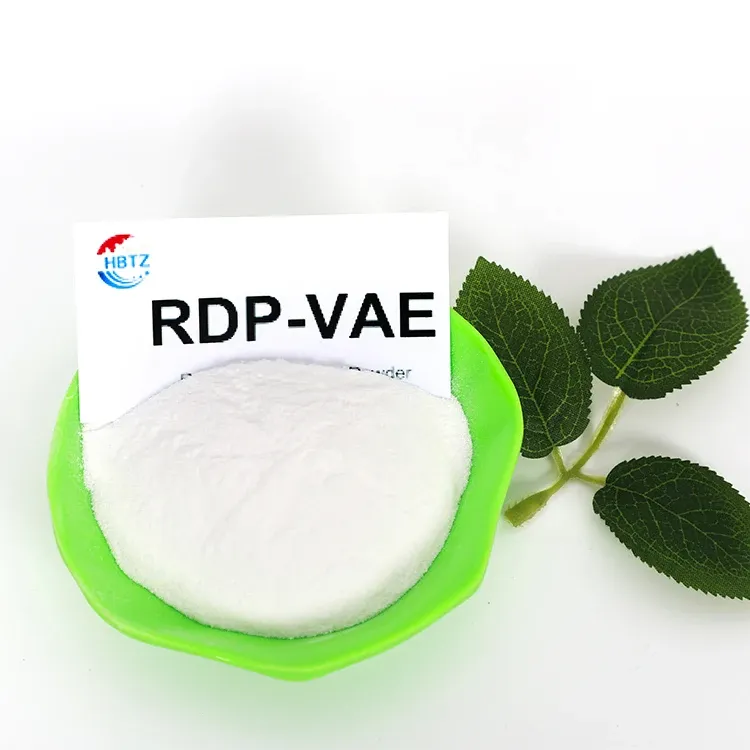Hydroxypropyl Methyl Cellulose(HPMC)
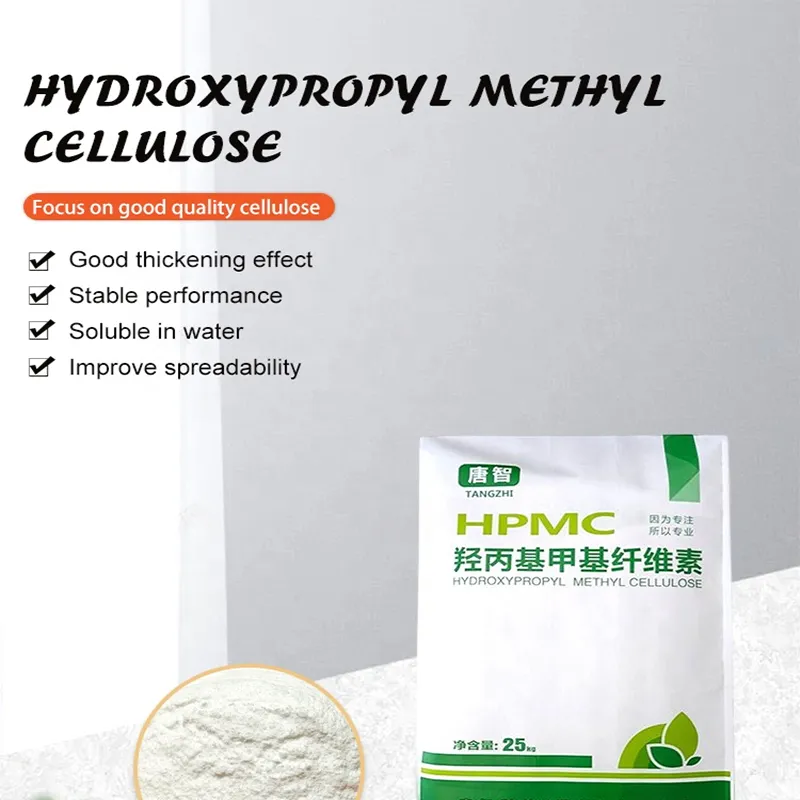
It is an odorless, tasteless, nontoxic white or off-white powder. Hydroxypropyl methylcellulose is a non-ionic cellulose type ether made of natural polymer material-refined cotton through a series of chemical processes. It is divided into two types: hot-dissolving type and instant-dissolving type.
Hot melt type is mostly used in dry powder, internal and external wall putty powder, mortarand other products. The instant type is mostly used in construction glues, coatings, washingand other liquid products.
|
Item |
Range |
|
Hydroxypropyl content |
7-12% |
|
Methoxy content |
22-28% |
|
Ash |
≤5% |
|
Viscosity |
20,000-200,000mpa.s |
|
PH |
5-8 |
|
Moisture |
5±2 |
|
Gel temperature |
60-75℃ |
|
Density |
350-450g/cm³ |
Product Physicochemical characteristics

1. Good thickening effect
In surfactant, it has good thickening property
2 .Good water retention
The paste will not dry too fast and crack after application
3.Good bonding
It can be used in the product to have a good bonding effect
Cellulose Application
-
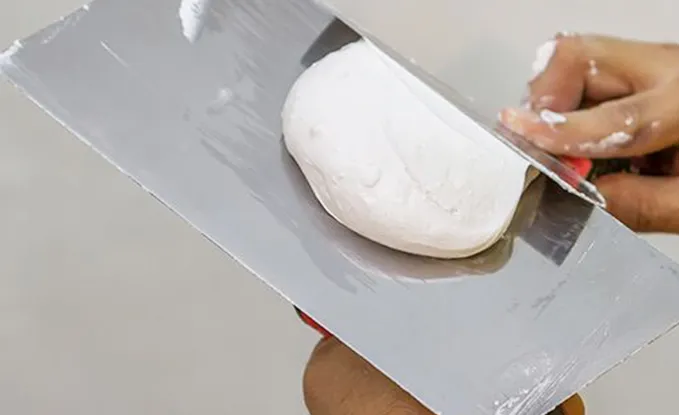 01
01HPMC for Gypsum
It makes the plastering more easy to spread and improves the anti-vertical flow ability,Enhanced fluidity and pump ability.
High water retention, prolong the working time of mortar and produce high mechanical strength during solidification.
By controlling the consistency of mortar uniformity forming ha igh-quality surface coating. -
 02
02HPMC for Adhesive
Make the dry mix ingredients easy to mix, do not produce lumps. thus saving the working time.
Making the construction faster and more effective can improve the construction and reduce the cost.
By prolonging the cooling time, the efficiency of brick pasting is improved provide excellent adhesion effect, with high skid resistance.
-
 03
03HPMC for Mortar
Provides viscosity and can be used as an anti-precipitation aid.
Enhance the fluidity and pump ability, so as to improve the efficiency of paving the ground.
Control water retention,thus greatly reducing cracking. -
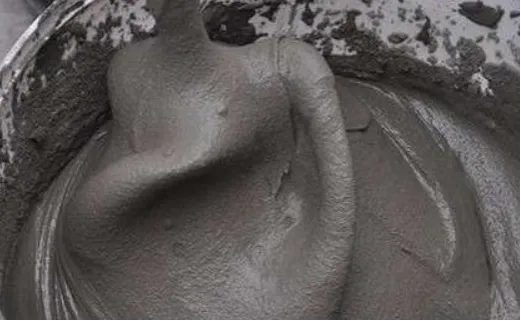 04
04HPMC for Cement Mortar
Improve the homogeneity, make insulation mortar more easy to coating, and improve the anti-vertical flow capacity.
High water retention, prolong the working time of mortar,improve work efficiency, and help mortar to form high mechanical strength in the solidification period.
With special water retention, it is more suitable for high water absorption brick.
-
 05
05HPMC for Wall Putty
Excellent water retention, can prolong the construction time and improve work efficiency.
The viscosity that ADAPTS makes me bored with the agglutination sex with me topic stronger. Improve shrinkage resistance and cracking resistance, which improve surface quality. -
 06
06HPMC for Exterior Wall insulation Mortar
Enhance the adhesion with the wall surface, and can enhance the water retention, so that the strength of mortar can be improved.
Improved lubricity and plasticity to improve construction performance, Controlling air penetration eliminates micro-cracks in the coating, resulting in an ideal smooth surface.
HPMC's production process mainly includes raw material preparation, reaction process, refining process, packaging and storage steps.
1. Raw material preparation:
The raw materials for the production of HPMC mainly include methyl cellulose, propylene oxide, catalyst, etc. When preparing raw materials, it should be ensured that their quality meets the production standards and is formulated in accordance with the formula proportion.
2. The reaction process :
The methylcellulose is mixed with the catalyst and dissolved by stirring at a certain temperature to obtain a pre-solution.
The pre-solution was mixed with propylene oxide in a certain proportion, the catalyst was added, and the reaction was carried out at a certain temperature and pressure.
The temperature and pressure should be controlled during the reaction process to ensure the smooth progress of the reaction, and pay attention to avoid production safety accidents.
After the reaction is completed, the crude hydroxypropyl methyl cellulose is obtained.
3. refining process :
The crude product is centrifuged to remove impurities and unreacted raw materials.
The centrifuged solids are washed to remove the remaining catalysts and unreacted propylene oxide.
The washed solid was dried to obtain refined hydroxypropyl methyl cellulose.
4.Packaging and storage:
The refined hydroxypropyl methyl cellulose is measured and packed to ensure that the product meets the quality standard.
This product is packed in multi-layer paper bags lined with polyethylene layer. Net weight 25KG.
Empty bags can be recycled or incinerated. Unopened packaging can be stored for several years. Open packaging can make the moisture content of this product affected by air humidity. Store in a cool, dry place away from sunlight. Avoid storage under pressure.
For information on product handling, shipping, and storage, see MSDS.
HydroxyPropylMethylCellulose (HPMC)
In the competitive landscape of chemical manufacturing, selecting the right HPMC supplier is crucial for the success of your projects. TANG ZHI TECHNOLOGY (HeBei) CO. TD stands out as a premier choice for those seeking high-quality Hydroxypropyl Methyl Cellulose (HPMC) products. Located in the industrial hub of Jinzhou city, Hebei Province, our HPMC factory is strategically positioned just 260 kilometers from Beijing, providing excellent accessibility via high-speed rails, motorways, and proximity to the major ports of Tianjin and Qingdao. This advantageous location allows us to deliver our products efficiently and swiftly to customers across various regions.
Our factory spans an impressive 140,000 square meters, with a dedicated building area of 90,000 square meters, which houses state-of-the-art automatic production lines. We are equipped with world-class machinery that enables us to manufacture a diverse range of products, including HPMC, MHEC, PVA, RDP-VAE, and CMC. This ensures we can meet the varying demands of our customers while maintaining the highest standards of quality. With an impressive annual production capacity exceeding 40,000 tons, we are well-positioned to be a reliable partner for your supply needs.
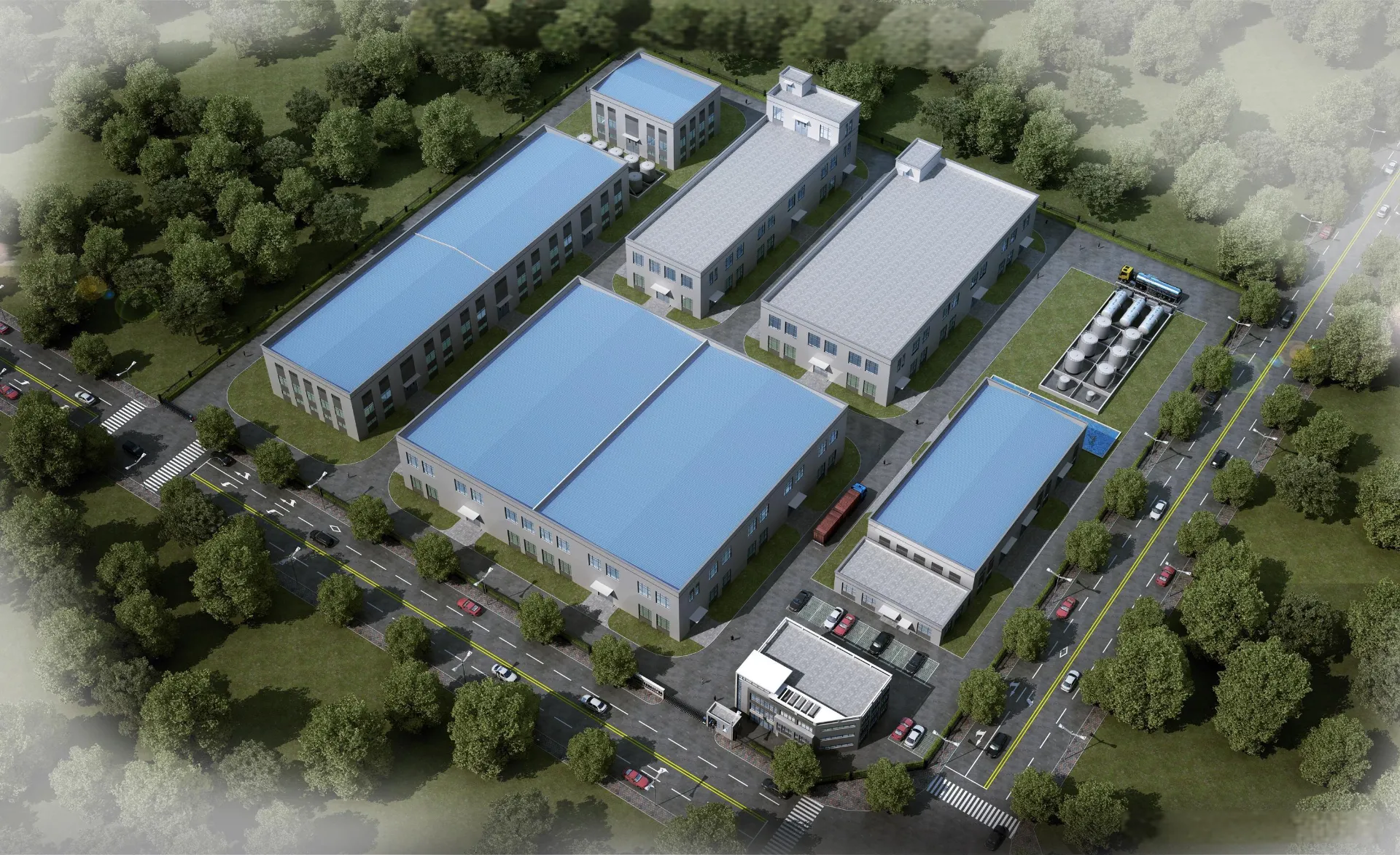
When it comes to wholesale HPMC, we understand that both quality and price are essential factors. At TANG ZHI, we offer competitive HPMC powder prices without compromising on quality, solidifying our reputation as a leading HPMC supplier. Our commitment to innovation and excellence in manufacturing makes us the ideal choice for clients in search of top-tier HPMC products.
In conclusion, by choosing TANG ZHI HPMC factory, you benefit from our extensive manufacturing experience, efficient logistics, and unwavering dedication to quality. Partner with us for your HPMC needs and experience the difference in service and product excellence
HEC vs HPMC
In the world of pharmaceutical and cosmetic formulations, the discourse surrounding hydroxyethylcellulose (HEC) and hydroxypropyl methylcellulose (HPMC) has gained significant interest. Both compounds are widely utilized as thickening agents, stabilizers, and emulsifiers, but they possess distinct characteristics and applications that set them apart.
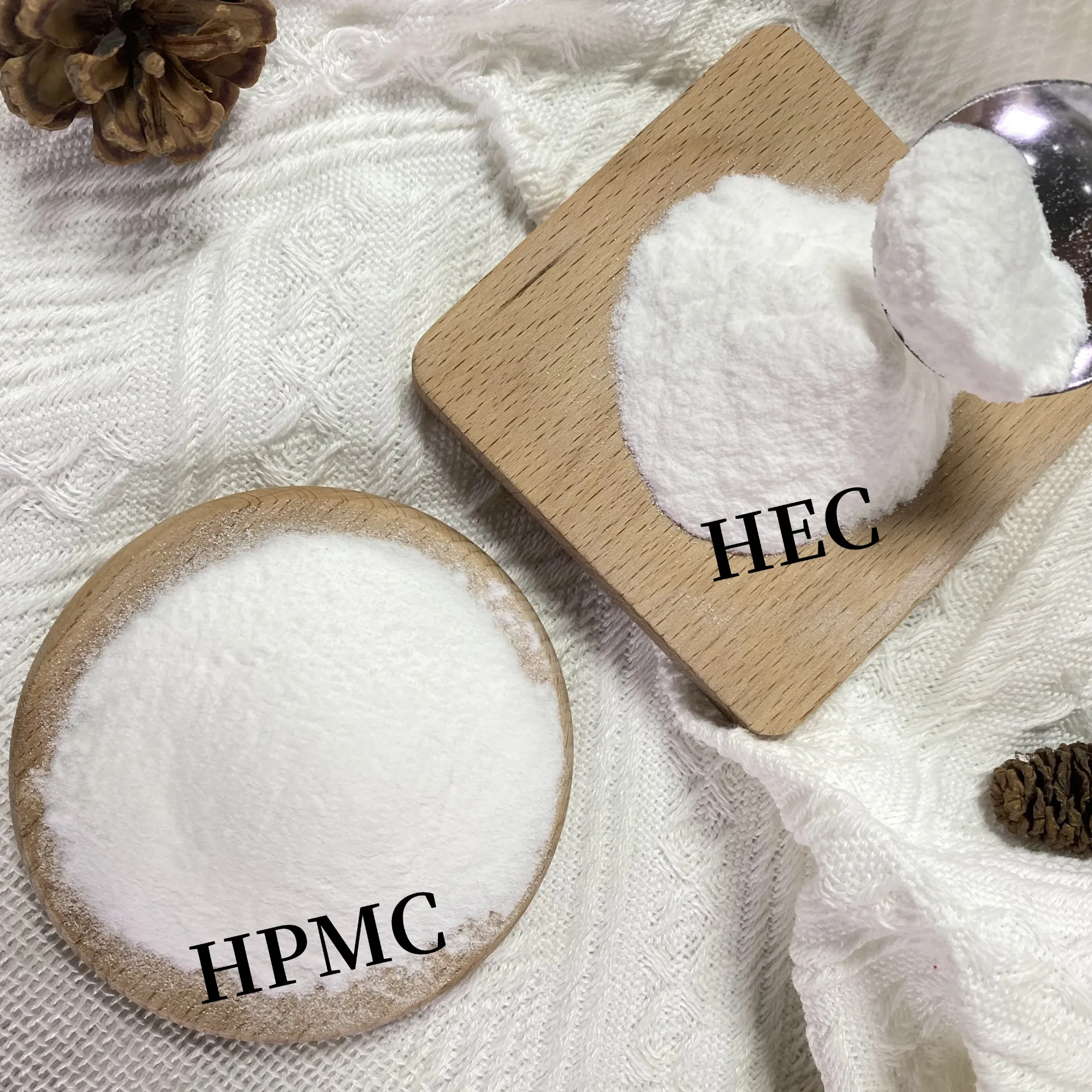
Hydroxyethylcellulose Powder (HEC) is a non-ionic, water-soluble polymer derived from cellulose. It is characterized by its ability to form clear gels when dissolved in water. HEC is particularly valued for its superior film-forming properties and high rheological performance. This makes it ideal for use in various applications, from skincare products to pharmaceuticals, where a smooth texture and stability are paramount. Hydroxyethylcellulose powder is often chosen for its excellent compatibility with a variety of ingredients and its ability to enhance the sensory feel of the final product.
On the other hand, Hydroxypropyl Methylcellulose (HPMC) is another cellulose derivative that is used extensively in the industry. HPMC powder offers excellent water retention and is less prone to temperature fluctuations compared to HEC. It serves a significant role in both culinary applications—as a thickener in sauces and dressings—as well as in pharmaceuticals and construction, where it acts as a binding agent and helps in maintaining moisture in products like adhesives and cement.
When comparing HEC vs HPMC, the choice depends on the specific requirements of the formulation. For instance, if clarity and film formation are essential, HEC may be the better option; however, if moisture retention is critical, HPMC could be preferred.
HPMC FAQ
What Are HPMC Types |
| Hydroxypropyl Methylcellulose (HPMC) is a versatile cellulose ether used in various industries, with different types based on its chemical structure and applications. The key types include: HPMC -M (Hydroxypropyl Methylcellulose-M): Hot-melt HPMC excels in high-temperature applications, offering excellent thermal stability and ease of processing at elevated temperatures. HPMC -S (Hydroxypropyl Methylcellulose-S): Instant-dissolving HPMC offers rapid dispersion and dissolution in cold water, significantly reducing preparation time and energy consumption while enhancing processing efficiency. HPMC -E (Hydroxypropyl Methylcellulose-E): Commonly used in medicine and adhesives. HPMC- Y (Hydroxypropyl Methylcellulose-Y): Mainly used in construction to improve the workability of mortars and plaster. |
What is the HPMC manufacturing process? |
|
The manufacturing process of Hydroxypropyl Methylcellulose (HPMC) involves several key steps:
|
What is the HPMC function? |
| Hydroxypropyl Methylcellulose (HPMC) is a versatile cellulose derivative commonly used in various industries due to its multifunctional properties. In pharmaceuticals, HPMC acts as a binder, disintegrant, and controlled-release agent in tablets and capsules. It also serves as a thickening, stabilizing, and emulsifying agent in cosmetics and personal care products. In construction, HPMC improves the workability and water retention of cement-based materials. Additionally, it is used as a food additive for thickening and as a fat replacer. HPMC’s ability to form gels, enhance viscosity, and improve texture makes it essential in many formulations across different sectors. |
What is the difference between HPMC and MHEC? |
|
HPMC (Hydroxypropyl Methylcellulose) and MHEC (Methyl Hydroxyethyl Cellulose) are both cellulose-based polymers used in construction, pharmaceuticals, and other industries. The primary difference lies in their chemical structure and properties:
|
Hydroxypropyl Methylcellulose Skincare |
| Hydroxypropyl methylcellulose (HPMC) is a versatile, plant-derived polymer commonly used in skincare products for its ability to form a smooth, non-greasy layer on the skin. It acts as a thickening agent, enhancing the texture and stability of creams, lotions, and gels. HPMC helps to retain moisture, making it beneficial for dry or sensitive skin. Its gentle nature and non-irritating properties also make it suitable for sensitive skin formulations. Additionally, HPMC provides a smooth, velvety finish, improving the spreadability of products. Overall, it's a popular ingredient in skincare for its moisturizing, protective, and soothing effects. |


